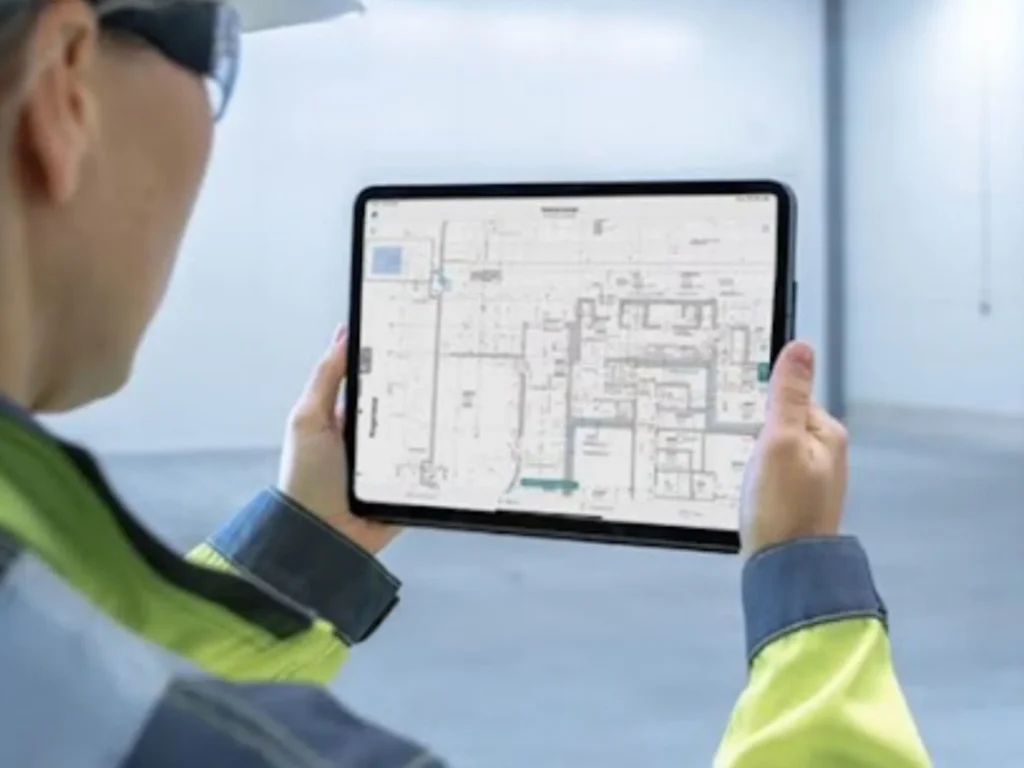Modern Concrete Scanning: Transforming Building Inspections Through Advanced Technology
The art of concrete scanning has transformed remarkably over decades, moving from basic to sophisticated methods. Traditional approaches relied on tap testing – striking concrete surfaces with hammers to detect hollow sounds – and core sampling that required destructive drilling. Much like testing a watermelon’s ripeness, these acoustic tests were often hit-or-miss, requiring considerable experience to interpret effectively. While experienced professionals could achieve reasonable results, these methods lacked the precision of modern ferro scanning and potentially compromised structural integrity.
The Concrete Scanning Technology Revolution
Today’s structural assessment industry bears little resemblance to its origins. Modern concrete scanning technology works like an MRI for buildings, using ground penetrating radar (GPR), ultrasound and 3D mapping. This technological revolution has transformed structural assessment from an interpretative art into a precise science, ensuring more accurate and reliable results for modern construction and maintenance projects.

Pioneering Technologies in Modern Assessment
Ferro scanning and concrete reinforcement scanning lead the way in modern structural inspection technology. These innovations enable engineers to peer into a building’s hidden internal world with remarkable precision, offering detailed analysis without compromising structural integrity.
GPR Scanning: X-Ray Vision for Concrete
Ground penetrating radar scanning represents perhaps the most significant advancement in concrete inspection history.
As Roger Line, CEO of Structural Repairs and author of “Extending the Life of Buildings and Structures” explains: “It’s like being able to see a leak behind a wall without knocking the whole thing down—magic.”
This sophisticated technology penetrates deep into structures, revealing hidden defects and potential issues before they manifest on the surface. The ability to detect everything from voids and cavity formations to detailed rebar positioning and early-stage corrosion has transformed maintenance from reactive to proactive.

Ultrasound: The Building’s Health Monitor
Complementing GPR technology, ultrasound assessment brings medical-grade precision to structural evaluation.
“Instead of drilling into the structure, ultrasound sends waves through it, and based on how those waves bounce back, we can tell what’s going on. It’s like diagnosing a problem before it becomes visible,” explains Line.
This non-destructive approach allows for comprehensive ferroscan survey evaluation, revealing deep structural cracks, internal delamination, and overall concrete integrity without compromising the building’s structure.
Looking to the Future
Modern concrete scanning has revolutionised how we approach building maintenance and structural integrity. Gone are the days of relying on destructive testing methods and interpretative assessment. Today’s engineers possess tools like ferro scanner and cable detector systems that provide unprecedented insights into concrete structures, ensuring safer, more efficient, and more reliable building maintenance for generations to come.
Real-World Success Stories: When Technology Saves Infrastructure
The transformative power of modern concrete scanning technology is perhaps best illustrated through a significant rail bridge inspection.
“I’ll never forget this project,” recalls Roger Line. “On the surface, it looked fine—a few cracks here and there, nothing too alarming. But after running the GPR scanning and ferro scanning scans, we found several areas of delamination that weren’t visible to the naked eye.”
While surface-level examination showed only minor cracking, the advanced scans revealed significant hidden structural issues that could have led to catastrophic failure.
“If left unchecked, the bridge would’ve needed some serious repairs down the road,” Line explains. “We’re not just saving money—we’re saving buildings and, in some cases, even lives. It’s hard to overstate how much of a game-changer this technology has been.”

The Future of Structural Assessment: Embracing Tomorrow’s Technology
Firstly, the horizon of structural assessment technology continues to expand at an unprecedented pace. Furthermore, breakthroughs in concrete reinforcement scanning and 3D technology now create detailed digital models. Subsequently, these models enable precise monitoring of structural movement and deformation over time. Moreover, these innovations promise to revolutionise how we predict and prevent structural issues. As a result, problems can be identified before they become visible.
“The technology we have today is impressive, but it’s only the beginning,” explains Line. “Soon, we’ll see drones equipped with scan for services technology buzzing around construction sites, checking buildings for hidden defects without anyone having to lift a finger. And who knows? Maybe one day we’ll have AI systems that can scan a building and tell us exactly what needs to be fixed, how long it’ll last, and what the repair will cost.”
Ready to Experience the Future of Structural Assessment? Don’t wait for tomorrow’s problems to become today’s emergencies. Contact Structural Repairs Ltd for a comprehensive assessment using our cutting-edge concrete scanning and ferro scanning technology. Our expert team is ready to help protect your infrastructure investment with the latest in non-destructive testing methods.